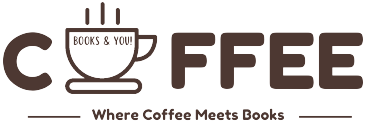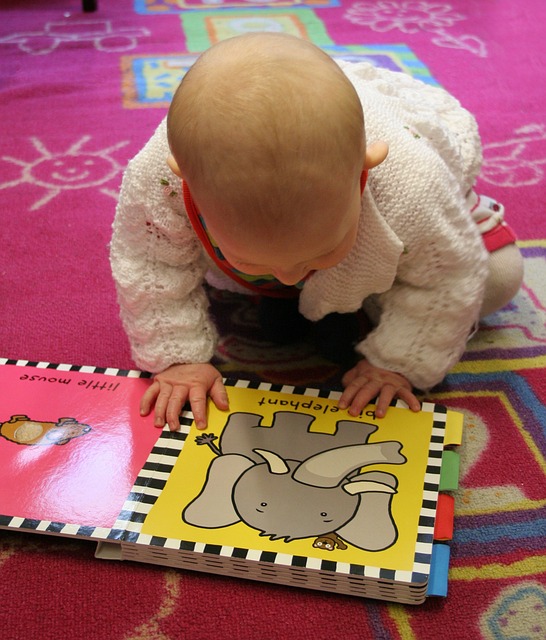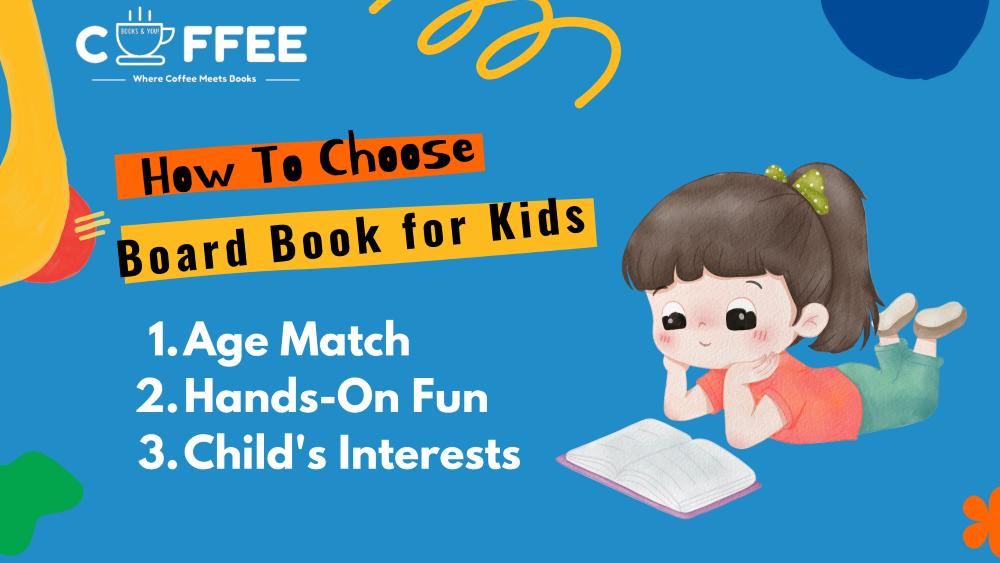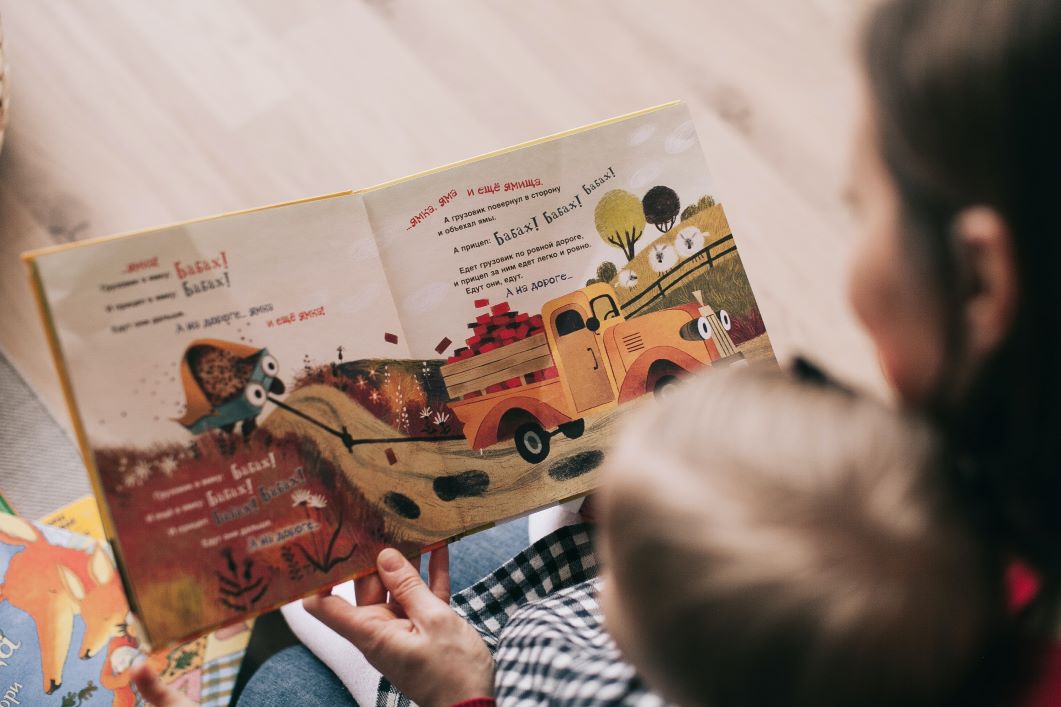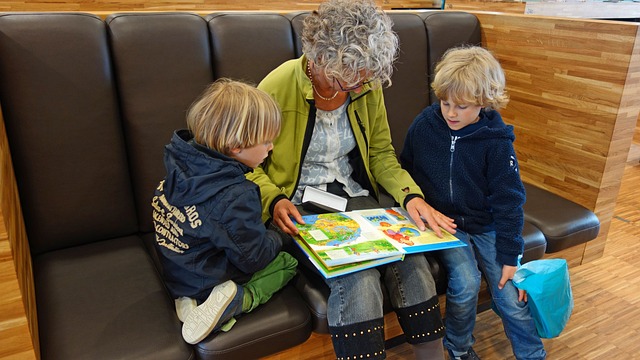Book lovers and busy parents – it’s for you! So, it’s your board book day for your little ones or baby bosses? If you’ve ever wondered what they are, you’re in the perfect spot to find out.
So, what is a board book? A board book is a special kind of book for kids that’s really tough, with pages made of super sturdy cardboard pages to withstand rough handling by young readers of 0 to 3 years old.
In this guide, we’ll cover everything from what board books are, why they matter to your kids, how many pages they have, and the right age for them. Safety and size? We’ve got you covered there too.
And don’t worry, choosing the perfect board book won’t be a puzzle after you’ve read our tips.
So, grab a cup of coffee, get comfy, and let’s unravel why these board books are superheroes in your child’s early reading adventure.
What is a Board Book? – Board Book Definition
A board book is a type of children’s book designed for infants and toddlers, known for its sturdy construction with thick, durable paperboard pages. Board books are perfect for those little ones aged 0 to 3.
Its robust build is intended to endure the rough handling that young children often subject their books to, making it a perfect companion for their early reading adventures. You’ll spot them delving into fun stuff like colors, shapes, numbers, and the ABCs.
What Is The Purpose Of A Board Book?
The purpose of a board book is to introduce young children to the world of reading in a durable and interactive format. Board books aim to engage children through colorful illustrations and simple narratives, fostering early learning, language development, and emotional connections with caregivers.
Their sturdy construction allows for safe exploration and handling, making them an essential tool in a child’s early literary journey.
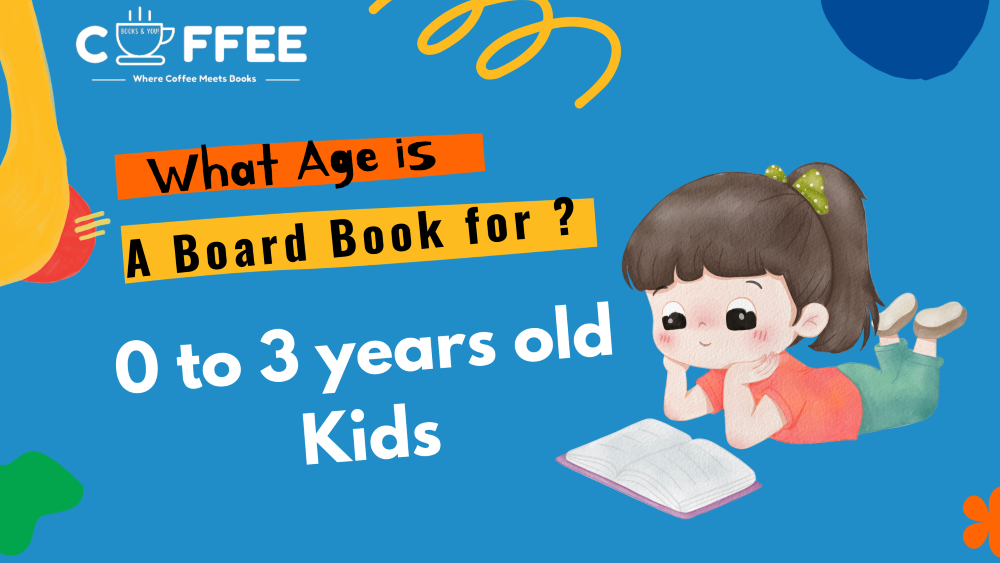
What are the Characteristics of Board Books?
-
Sturdy construction with thick, durable cardboard pages
-
Resistant to tearing and chewing, suitable for young children
-
Simple and colorful illustrations to engage early readers
-
Often cover fundamental topics like shapes, colors, numbers, and letters
What Age is a Board Book for
Board books are specifically designed for infants and toddlers, typically engaging children from as young as newborns up to the age of three (0-3). While they are primarily meant for the youngest readers, their sturdy construction and engaging content can also appeal to slightly older children who enjoy interactive and tactile reading experiences.
Age is Just a Number for Board Books
While they’re most suitable for children aged 0-3, don’t be quick to bid them farewell. Even older kids who love hands-on reading can still find joy in the sturdy embrace of a trusty board book.
With variations ranging from lift-the-flap to touch-and-feel, these books have something for every little reader.
Benefits of Board Books for Kids
There are numerous benefits and reasons why board books are a top choice for young readers. So, if you’re looking “what is a board book used for,” there you go:
- Baby Safe: Board books are designed to be safe for babies, ensuring that they can explore and interact with the book without any risk.
- Early Learning: Board books aid in introducing fundamental concepts like colors, shapes, numbers, and letters, laying a strong foundation for early education.
- Motor Skills Development: Through the tactile experience of turning pages and exploring different textures, board books help enhance children’s fine motor skills.
- Language Development: By exposing children to simple words and phrases, board books play a vital role in fostering language development and improving vocabulary and storytelling skills.
- Cognitive Stimulation: The vivid illustrations and interactive elements in board books encourage cognitive development by stimulating curiosity and imagination in young minds.
- Emotional Connection: Sharing board books strengthens bonds—personalized themes foster emotional understanding.
- Easy to Clean: Their durable nature makes board books easy to clean, allowing for effortless maintenance even after spills or accidents.
- Durable: With their sturdy construction, board books are safe for children to handle, allowing them to explore and interact independently without easily damaging the pages.
- Teach Key Concepts: With their engaging content, board books effectively teach key concepts such as colors, shapes, numbers, and letters, aiding in early learning and cognitive development.
- Start the Reading Journey: Board books serve as the perfect stepping stone in a child’s reading journey, igniting a love for books and storytelling from an early age.
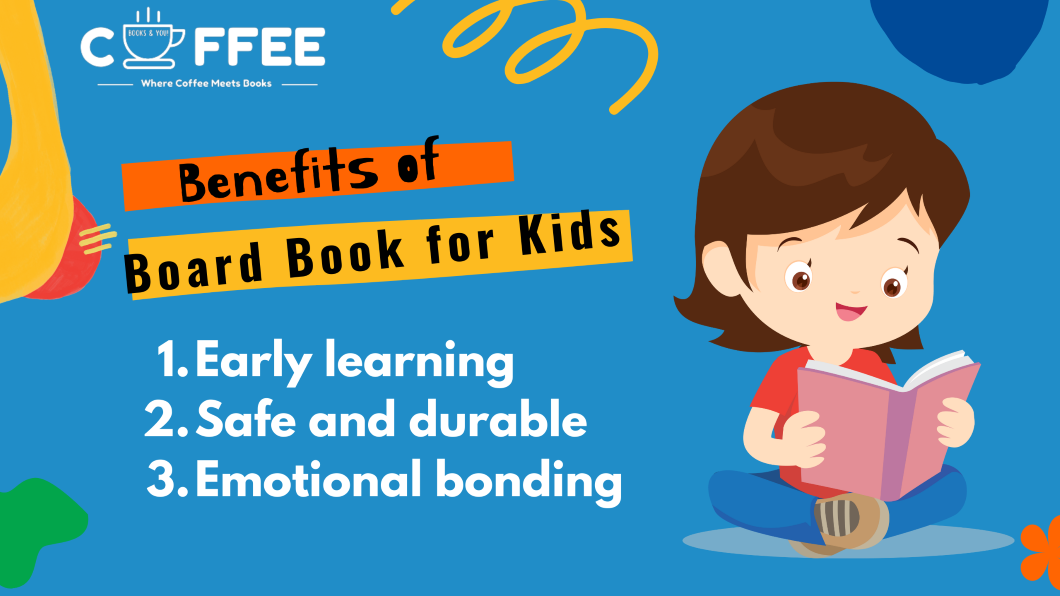
Board Books And Kid’s Language Skills
Board books play a crucial role in enhancing a child’s language skills. Children acquire essential vocabulary and sentence structures through repetitive exposure to simple words and sentences.
The colorful illustrations paired with straightforward narratives create a stimulating environment for language development, fostering improved communication and comprehension skills from an early age.
Board Books And Kid’s Cognitive Skills
Board books serve as valuable tools in nurturing a child’s cognitive development. The vibrant visuals and engaging content stimulate curiosity and critical thinking, encouraging children to explore and understand the world around them.
Children hone their memory, problem-solving, and analytical skills as they interpret the illustrations and follow simple narratives, laying a strong foundation for future academic pursuits.
Board Books And Kid’s Sensory Stimulation
Through their tactile features and visually appealing designs, board books offer a multisensory experience for young readers. The incorporation of textures, colors, and shapes not only captivates children’s attention but also promotes sensory exploration.
By encouraging touch and visual engagement, board books facilitate sensory integration, supporting children in understanding their surroundings and fostering sensory development.
Board Books And Kid’s Motor Skills
With their sturdy pages and interactive elements, board books actively contribute to the development of a child’s motor skills. Turning pages, pointing at pictures, and touching various textures in the book facilitate the refinement of fine motor skills and hand-eye coordination.
These physical interactions promote agility and precision, preparing children for more complex motor tasks as they grow.
Board Books And Kid’s Social Skills
Beyond their educational benefits, board books also contribute to developing a child’s social skills. Reading board books with caregivers or peers fosters bonding experiences, encouraging children to communicate, share, and express themselves.
Furthermore, the themes of empathy, friendship, and cooperation often depicted in board books help cultivate social awareness and emotional intelligence, preparing children for positive social interactions and relationships in the future.
How To Choose A Board Book for Your Kid
Choosing the right board book for your child involves considering several key factors to ensure an engaging and educational reading experience. Here are some essential tips to keep in mind
- Age Match: Select a board book that aligns with your child’s age and developmental stage to provide them with relevant and enjoyable content.
- Sturdy Construction: Opt for a board book with durable, well-constructed pages that can withstand rough handling and withstand the exploratory behavior of young readers.
- Engaging Illustrations: Look for books with colorful and captivating illustrations that can capture your child’s attention and spark their imagination.
- Hands-On Fun: Choose board books with interactive elements such as textures, flaps, or simple activities that can encourage sensory exploration and keep your child actively engaged.
- Educational Content: Prioritize books introducing fundamental concepts like shapes, colors, numbers, and letters, helping your child build essential cognitive and language skills while enjoying the reading experience.
- Varied Themes: Consider selecting board books that cover a diverse range of themes, including everyday experiences, emotions, animals, and nature, to provide your child with a well-rounded reading journey.
- Positive Messaging: Look for books that promote positive messages, values, and themes that resonate with your family’s beliefs, helping instill valuable life lessons and encouraging positive emotional development.
- Child’s Interests: Consider your child’s interests and preferences when choosing a board book, as selecting topics that align with their curiosity and passions can foster a deeper connection with reading and learning.
By considering these key factors, you can make an informed decision and choose a board book that not only entertains but also contributes to your child’s overall growth and development.
Read more: How Many Scoops of Coffee for 8 Cups? – Your Perfect Cup of Coffee
What is a Padded Board Book?
A padded board book refers to a type of children’s book characterized by its padded cover. Unlike traditional board books with standard covers, padded board books have a soft and cushioned exterior, often made with a layer of foam or another squishy material beneath the cover. This feature makes the book more comfortable to hold and more resilient to damage.
Padded board books are popular for young children, as the cushioned cover provides a tactile and sensory experience, adding an extra element of comfort and durability to the reading experience.
Advantages of Padded Board Books over Standard Board Books
Padded board books offer several advantages over standard board books, making them a popular choice for young readers. Here are some of the key advantages
- Enhanced Comfort: The soft and cushioned exterior of padded board books makes them more comfortable to hold, providing a cozy reading experience for both children and caregivers.
- Added Protection: The extra padding in the cover provides additional protection for the book, making it more resistant to impact and wear and helping to extend the book’s lifespan.
- Tactile Sensation: The padded cover adds a tactile dimension to the reading experience, encouraging sensory exploration and interaction and enhancing a child’s engagement and enjoyment while reading.
- Aesthetically Appealing: Padded board books often have an attractive and appealing appearance, with their soft and plush covers adding a visually inviting element that can capture a child’s attention and curiosity.
- Durability: The combination of a padded cover and the inherent sturdiness of board books results in a highly durable reading material that can withstand the handling and exploration typical of young children, ensuring the book remains intact for repeated readings.
These advantages collectively contribute to a more engaging, comfortable, and long-lasting reading experience, making padded board books a preferred choice for young readers and their caregivers.
What is Included in a Board Book?
A board book typically includes several key components designed to cater to the needs of your kids. These components may include:
- Sturdy Pages: Board books consist of thick and durable pages made of sturdy cardboard to withstand the handling and exploration of young children.
- Simple Text: They often contain concise and straightforward text, utilizing simple language suitable for early learning and language development.
- Vibrant Illustrations: Board books feature colorful and engaging illustrations that complement the text, captivating the attention of young readers and encouraging visual exploration.
- Basic Concepts: Many board books introduce fundamental concepts such as colors, shapes, numbers, letters, animals, or everyday objects to facilitate early cognitive development.
- Interactive Features: Some board books may incorporate interactive elements like textures, flaps, or movable parts to encourage sensory exploration and engagement during reading.
- Durable Cover: The cover of a board book is typically made of the same sturdy material as the pages, ensuring the book remains resilient and long-lasting even with frequent use and handling by young children.
These components collectively create an engaging and educational reading experience tailored to the developmental needs and interests of infants and toddlers.
Read more: How to Clean Ninja Coffee Maker: A Simple Step-by-Step Guide 2023
What Material is a Board Book?
A board book is typically made from a specialized type of thick and durable paperboard or cardboard. The sturdy material used in the construction of board books ensures that the pages are resilient and capable of enduring the wear and tear related with frequent handling, chewing, and exploration by young children.
This robust composition makes board books an ideal choice for early readers, as the sturdy pages contribute to the book’s longevity and ability to endure the demands of interactive and tactile learning experiences.
What is a Board Book on Amazon?
Board books on Amazon are typically sturdy, child-friendly books made from thick cardboard-like material intended for young readers. They often feature colorful illustrations and simple text to engage and educate infants and toddlers.
I recommend visiting the Amazon website directly and searching for “board books” in the Books category to explore the current selection of board books on Amazon.
Why are Board Books Good for Toddlers and Kids?
Board books benefit toddlers for several reasons, catering to their developmental needs and promoting early learning. Here’s why board books are good for toddlers:
- Durable for active handling.
- Interactive engagement for sensory exploration.
- Early literacy and concept introduction.
- Visual and tactile stimulation.
- Emotional bonding with caregivers.
What is a Lap Board Book?
A lap board book typically refers to a type of book that is specifically designed to be read while sitting on someone’s lap. These books are often larger in size compared to standard books, allowing for easier viewing and sharing between a child and an adult.
Lap board books are commonly used during shared reading experiences, particularly for interactive storytelling sessions between caregivers and young children. They facilitate a close, intimate reading environment, encouraging physical closeness and bonding while promoting early literacy skills and a love for reading.
What is a Comic Book Board?
A comic book board, aka backing board, refers to a stiff and sturdy material typically placed behind comic books for support and protection. These boards are usually made from acid-free and lignin-free materials to prevent damage to the comic book over time. Placing a comic book board behind each comic helps prevent the pages from bending, creasing, or becoming damaged while being stored or displayed.
Comic book boards are popular among collectors and enthusiasts who want to preserve the condition of their comic book collections for long-term enjoyment and potential future value.
What is a Boarded Comic Book?
A boarded comic book typically refers to a comic book placed inside a protective backing board made of sturdy, acid-free material. The backing board provides additional support and protection for the comic book, preventing it from bending, creasing, or sustaining damage while being stored or displayed.
By using a backing board, collectors and enthusiasts aim to preserve the condition of the comic book, ensuring its longevity and maintaining its potential value over time.
The boarded comic book is often kept within a protective sleeve to offer further protection from environmental factors such as light, dust, and moisture.
As a Parent, the Power to Nurture Your Kid Lies in Your Hands – So Have Some Board Books!
In the world of early reading, board books are the sturdy companions that spark joy and learning for little ones. They nurture crucial skills and create lasting memories. With their durable pages and engaging illustrations, board books serve as windows to a world of wonder and connection.
Embrace the joy of these literary treasures and watch your child’s curiosity blossom with every turn of the page.
Frequently Asked Questions – FAQs
1. What is a Board Pop-up Book?
A board pop-up book is a unique type of book that combines the features of a traditional board book with interactive pop-up elements. These books are typically designed for young readers and feature sturdy pages made of thick cardboard, ensuring durability and longevity.
The addition of pop-up components allows the book to contain three-dimensional elements that can be manually manipulated or opened to create an engaging and immersive reading experience.
Board pop-up books often incorporate creative and colorful illustrations, along with simple text, to tell stories or convey educational content in a visually compelling and interactive way, making reading a fun and hands-on experience for young children.
2. What is a Child Board Book?
A child’s board book is a type of book specifically designed for young children, typically infants and toddlers. These books are characterized by their sturdy construction, featuring thick cardboard pages that are durable and resistant to damage, making them ideal for the active handling and exploration of young readers.
Child’s board books often incorporate simple text, colorful illustrations, and interactive elements to engage the child’s senses and encourage early learning and development. They commonly focus on introducing basic concepts such as colors, shapes, numbers, and letters, aiming to foster a love for reading and a curiosity for the world around them from an early age.
3. What is a Book Board?
A book board refers to a type of material commonly used in bookbinding and specifically in the production of book covers. It is a heavy, rigid paperboard or cardboard often made from layers of paper or pulp pressed and glued together.
Book boards are known for their durability and sturdiness, providing the necessary support and structure for the cover of a book. They come in various thicknesses and can be covered with different materials, such as cloth, paper, or leather, to create the exterior of a hardcover book.
4. What is a Baby Board Book?
A baby board book is a type of board book tailored explicitly for infants and very young children, typically ranging from newborns to toddlers. These books are designed with the developmental needs of babies in mind and often introduce basic concepts such as colors, shapes, animals, and everyday objects, aiming to stimulate early learning and language development in the youngest readers.
5. What is a Narwhal Board Book?
A narwhal board book refers to a type of board book that features narwhals as the main theme or subject. Narwhal board books are designed for young readers, typically infants and toddlers, to introduce them to narwhals through simple text and colorful illustrations.
These books often focus on educating children about the characteristics, habitat, and behavior of narwhals in an engaging and accessible manner. Narwhal board books aim to spark children’s curiosity about marine life and foster an early appreciation for these fascinating sea creatures.
6. What is a Paper Over Board Book?
A paper-over-board book is a type of hardcover book binding where the cover material is directly adhered to the board beneath it. Unlike traditional hardcover books with fabric or cloth covers, paper-over-board books have the cover artwork printed directly onto heavy paper, glued or adhered to a solid board. This process creates a seamless and durable cover that provides a smooth surface for intricate designs, graphics, or illustrations.
Paper-over-board books often have a visually appealing and modern appearance, making them a popular choice for various types of publications, including novels, non-fiction works, and children’s books.
7. What is a Board Book for a 3-Year-Old?
A board book for a 3-year-old is typically designed to align with the developmental needs and interests of children at this age. These board books often feature slightly more complex concepts and narratives compared to books for younger infants and toddlers. They may include topics such as more advanced shapes, numbers, letters, basic storytelling, and introductory educational themes.
Additionally, board books for 3-year-olds may incorporate interactive elements or activities to engage their growing curiosity and encourage active participation during reading.
8. What is a Board Book for Toddlers?
A board book for toddlers is specifically crafted to cater to the developmental needs and interests of children in the toddler age range, typically from 1 to 3 years old. These board books often feature interactive elements, vibrant illustrations, and engaging storytelling tailored to capture the attention and curiosity of young readers.
These books play a crucial role in nurturing a love for reading and fostering essential cognitive and sensory skills during the formative toddler years.
9. What is a Board Book in Spanish?
A board book in Spanish is referred to as “libro de cartón” or “libro de tapa dura.” These terms are commonly used to describe the same type of sturdy, durable books with thick cardboard pages specifically designed for young readers, including infants and toddlers.
“Libro de cartón” emphasizes the book’s material, highlighting its cardboard construction, while “Libro de tapa dura” emphasizes the hardcover aspect of the book. Both terms are used interchangeably to denote board books in the Spanish language.
10. What Age is Best for Board Books?
Short Answer: 0-3
Board books are ideally suited for infants and toddlers, typically ranging from newborns up to around three years old. This age range is considered the most appropriate for introducing board books to young children as they begin to explore the world of reading and learning.
“Check out Coffeebooksandyou for awesome coffee and book content, and enjoy your favorite cup of coffee with a nostalgic book. Keep Brewing the Magic!”
